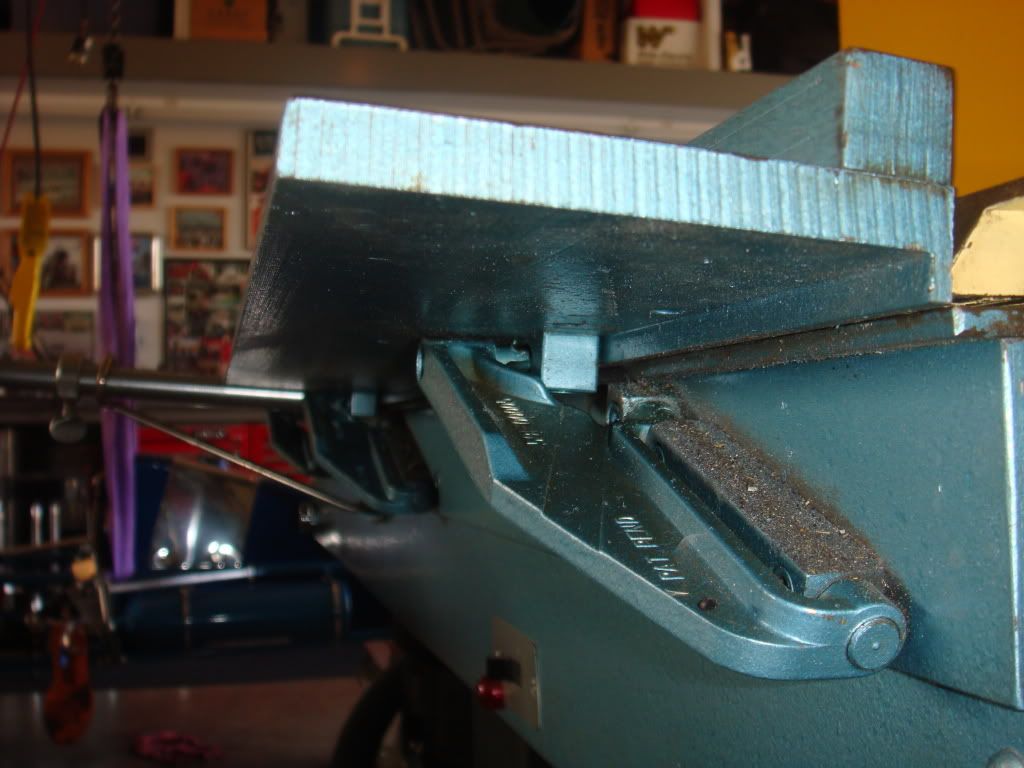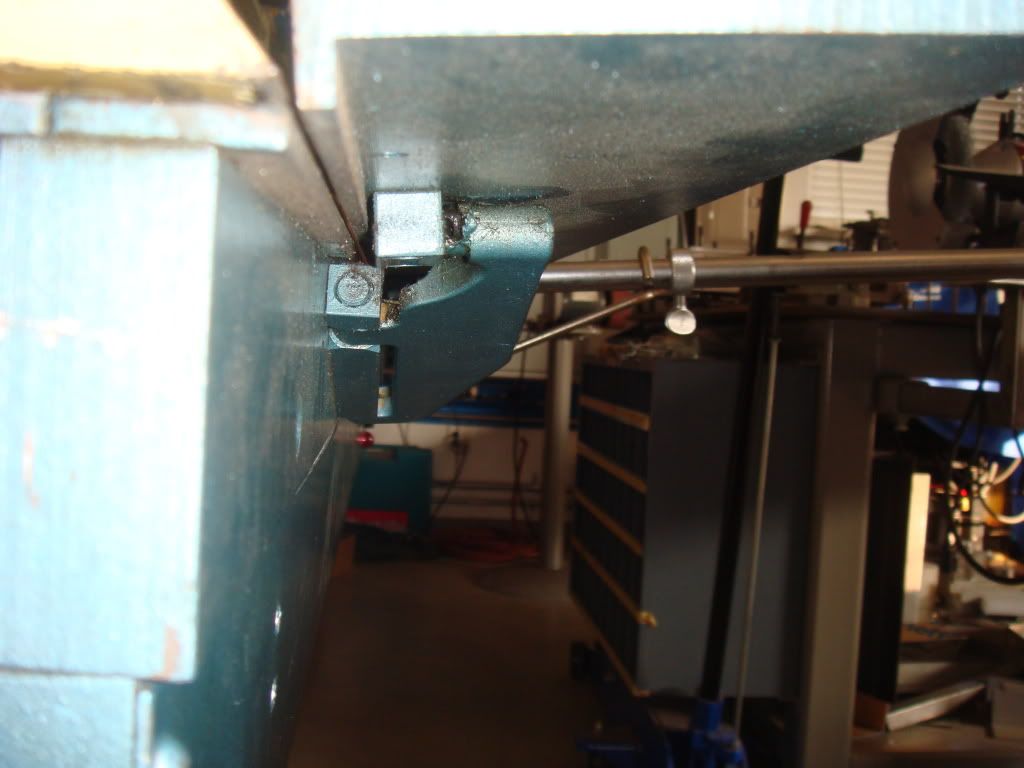Bob Engelhardt
Plastic
- Joined
- Jan 13, 2011
- Location
- Massachusetts, USA
A previous thread addressing this ("Need some technical advice regarding electromagnets..") was closed due to the meaningless topic title. I hope that this thread can continue it, in particular I hope that member 307startup can give us some info on how those mysterious hinges work.
Or from member Mark Leigh who posted that he has one of these brakes and would be willing to post pix of the hinges.
Bob
Or from member Mark Leigh who posted that he has one of these brakes and would be willing to post pix of the hinges.
Bob







